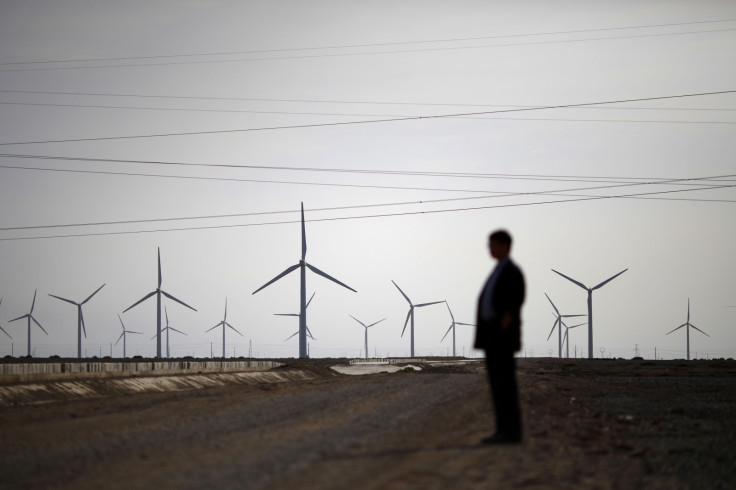Wind farms were part of the fight against climate change, but here's the nasty surprise
Warming is causing wind farms to get less efficient in the amount of power they can generate and it is bound to get worse.

Climate change will cause wind farms to eventually get less efficient because the warming planet is changing the way wind currents move around the globe. Winds that traverse the northern hemisphere are more likely to be affected by this, and it is only going to get worse, according to two studies.
With the planet getting warmer every year and emission control measures coming in slower than the damage caused, wind and solar are among the most sought after strategies in the reduction of fossil fuel usage, one of the largest causes of carbon emissions.
The wind, however, might not continue to blow as it does now.
One of the studies by climate change researchers at the University of Colorado at Boulder has found that the warming planet will cause winds to slow down, according to a report in Popular Mechanics.
Lower wind speeds are expected to take over most parts of the northern hemisphere and the drop in energy output in farms across the US, Europe and China will be felt in as little as 10 years, notes the report.
Differences in hot and cold spots all over the planet, caused by the sun's heat, make particles flow from regions of high energy toward regions of low energy. The cold and hot spots are regular and balanced in such a way that wind is predictable and certain places on the planet have strong winds that are consistent enough to be used as wind farms. "We can't assume that the baseline wind energy resource is a constant," said Kristopher Karnauskas, the first author of the study.
The study found that by 2100 potential wind energy in the northern hemisphere's middle latitudes will drop from 10 to 40%. In central US, this drop is estimated to be in the eight to 10% range by 2050. The estimates are based on whether the world takes up a low or high greenhouse gas approach.
"What we found is that global warming will reduce the wind energy resource across much of the northern hemisphere, especially in the central US," Karnauskas added.
Global warming is messing with the balance and distribution of high and low pressure spots. Land is heating up at a higher rate than the oceans, for example. The Arctic is also heating up at a rate that is much faster than the lower latitudes in the atmosphere, according to a Washington Post report.
While this was not wholly unexpected, the report notes that even the southern winds are changing quite rapidly. Warm winds are taking warm waters to the Antarctic glaciers, causing them to melt and disintegrate quite fast.
How badly is this change in wind patterns affecting the production of electricity? The second study delves into details of how one of the largest wind farm installations in the world at Gansu, China, is actually seeing lower wind energy potential.
"To my great surprise instead of finding a random signal, we found that it was actually declining," said Michael McElroy, a Harvard earth sciences professor, one of the authors of the study. He conducted the research with Peter Sherman, the first author, and Xinyu Chen of Harvard.
Based on meteorological data, the team found that this region has been seeing a wind energy decline since 1979. This was also found to have happened in line with the overall planet warming trend, notes the report.
This change, said Elroy, was caused by the Chinese landmass heating up faster than the Pacific Ocean adjacent to it. "The circulation of the atmosphere over East Asia is what's called a monsoonal circulation, driven by the temperature contrast between the land and the sea," he said. "In winter, that temperature contrast is trending down."
China is the world's largest emitter of carbon dioxide. It also has the largest installed capacity of wind energy production at over 100 gigawatts. The study clearly shows how carbon dioxide leads to warming which in turn destabilises wind energy.





















